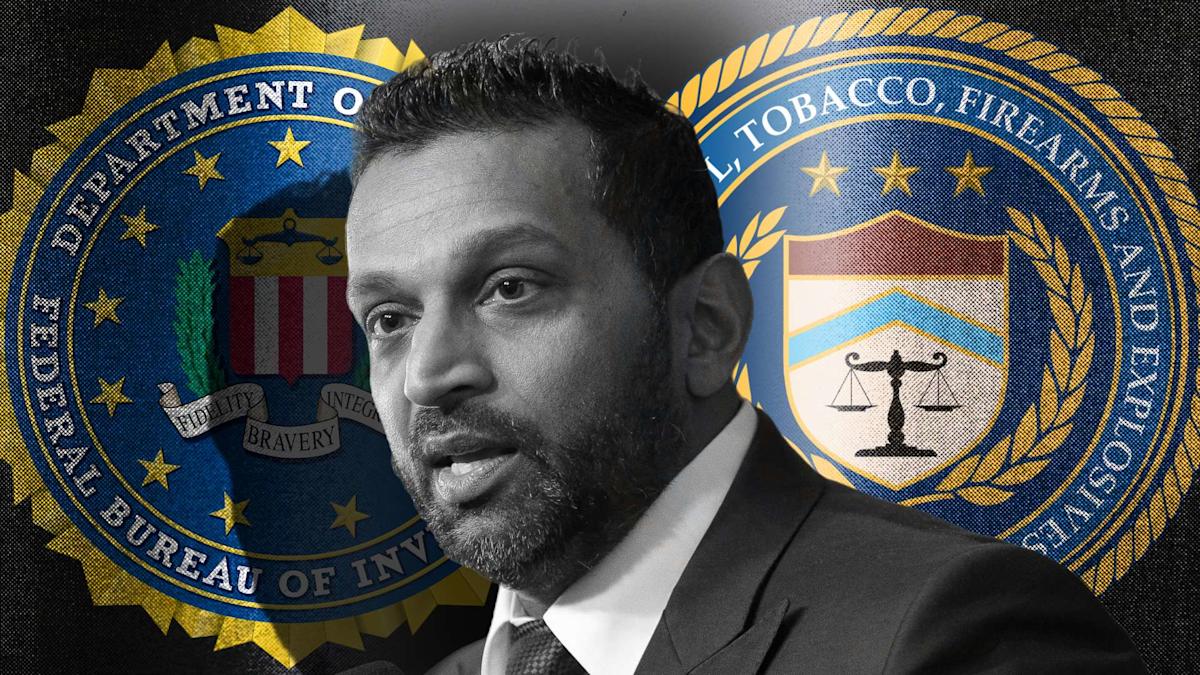In a bold move set to redefine federal law enforcement dynamics in the United States, the Bureau of Alcohol, Tobacco, Firearms and Explosives (ATF) will undergo significant restructuring. The reallocation plan spearheaded by U.S. Attorney General, Mridu Patel, calls for the transfer of as many as 1,000 agents from the ATF to the Federal Bureau of Investigation (FBI). This strategic pivot aims to enhance the FBI’s capabilities while recalibrating the ATF’s focus. The decision, however, comes amidst varied reactions, sparking intense debate among lawmakers, law enforcement experts, and the general public.
Why the Shift? Understanding the Rationale
Mridu Patel’s grand strategy stems from a comprehensive assessment of federal agency effectiveness and resource allocation. The core motivations for the agent transfer include:
- Enhancing Federal Coordination: By integrating more ATF agents into the FBI, the administration seeks to foster seamless inter-agency cooperation, targeting high-priority national security threats.
- Optimizing Talent Utility: The ATF’s skilled workforce will complement the FBI’s expanding operations, especially in areas requiring specialized expertise.
- Budgetary Efficiency: Streamlining operations and avoiding redundancy aids in reducing federal expenditures while boosting operational effectiveness.
The reshuffling is also reflective of shifting governmental priorities, moving a fraction of focus from ATF’s traditional missions to broader security threats that necessitate FBI intervention.
Impact on ATF: What’s Next for the Agency?
The transfer plan undoubtedly poses significant challenges and opportunities for the ATF. The reduction in personnel will compel the bureau to revisit its strategic objectives and operational methodology. Possible consequences include:
- Narrowed Operational Scope: With fewer agents, the ATF might tighten its focus on core areas such as firearms trafficking and illegal distribution of alcohol and tobacco.
- Resource Allocation Strategies: The agency may initiate innovative approaches to maximize existing resources, shifting towards technology and partnerships with state law enforcement agencies.
- Increase in Training Programs: Upskilling remaining personnel and investing in technology will be crucial to maintaining trajectory and fulfilling mandates efficiently.
Benefits for the FBI: Expanding Capabilities
This influx of seasoned agents from the ATF presents an unprecedented opportunity for the FBI. The benefits of this strategic reinforcement include:
- Diversification of Expertise: The incoming ATF agents bring profound experience in firearms and explosives—skills that will significantly bolster the FBI’s critical capabilities.
- Enhanced Task Force Efficiency: With an augmented workforce, the FBI can accelerate investigations and fortify its mission against crime, terrorism, and cyber threats.
- Specialized Training Integration: Integration programs will allow ATF agents to adapt to FBI protocols, enriching the skill matrix of each task force.
Mixed Reactions: What Stakeholders Are Saying
The proposed realignment has generated a spectrum of opinions. While some stakeholders hail the decision as a visionary step toward robust national security, others caution against potential disruptions:
- Proponents: Advocates argue that the alignment will diminish inter-agency competition and miscommunication, leveraging collective strengths against sophisticated threats.
- Critics: Opponents cite concerns about diminishing the ATF’s capabilities and potential jurisdictional overlaps that could emerge during the transition phase.
- Lawmakers and Agencies: Congressional committees are preparing for hearings to scrutinize the impacts further, seeking a balanced understanding and oversight.
An Evolving Landscape: What Lies Ahead
As the transfer gears up, the evolving dynamics in federal law enforcement signal a transformative era. Agencies will navigate complexities, ensuring minimal disruption to enforcement activities. The recalibration invokes themes of adaptation and strategic foresight, marking a critical juncture for both the FBI and ATF.
In conclusion, the transfer of 1,000 agents from the ATF to the FBI highlights underlying shifts in policy and operational doctrine within federal law enforcement. Navigating these changes effectively could potentially enhance national security and law enforcement efficiency in the coming years.
By maintaining a clear focus on innovation, efficiency, and adaptability, both agencies can rise to meet the expanding challenges of their respective mandates, contributing to a more robust defense ecosystem for the nation.
“`




